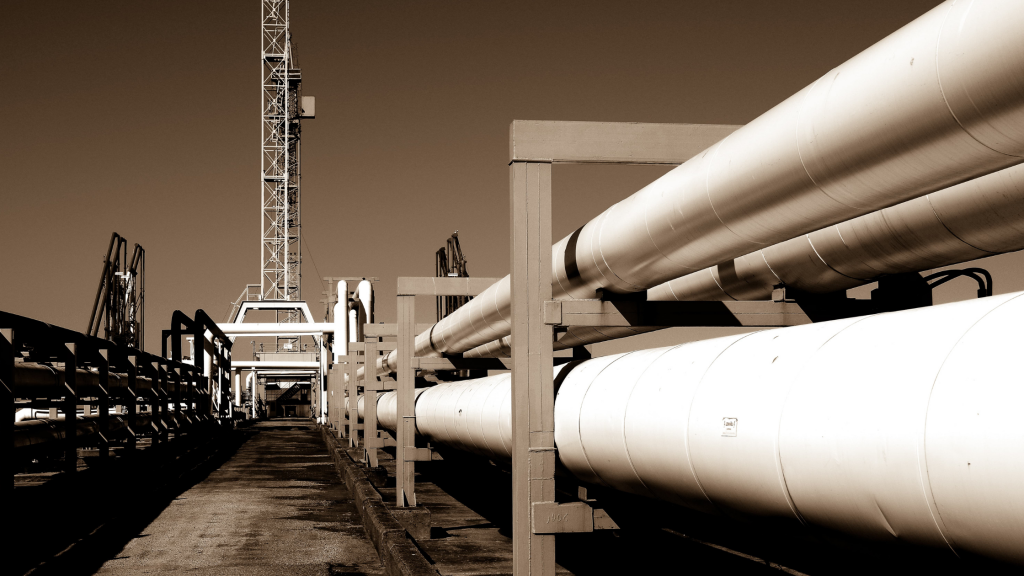Cathodic protection (CP) systems play a crucial role in preventing corrosion in oil and gas pipelines, which are susceptible to degradation due to exposure to corrosive environments, soil conditions, and electrolytic reactions.
Here’s how cathodic protection systems work and their importance in safeguarding pipeline integrity:
1. Principle of Cathodic Protection: Cathodic protection is an electrochemical technique that involves applying a direct electrical current to a metal surface to reduce its corrosion rate. There are two main types of cathodic protection: galvanic (sacrificial) and impressed current.
2. Galvanic Cathodic Protection: In galvanic cathodic protection, a sacrificial anode made of a more reactive metal (such as zinc or magnesium) is attached to the pipeline surface. When the sacrificial anode corrodes, it releases electrons, which flow through the metal surface of the pipeline, reducing the corrosion potential and protecting it from corrosion.
3. Impressed Current Cathodic Protection: In impressed current cathodic protection, an external power source (rectifier) is used to generate a direct current that is applied to inert anodes distributed along the pipeline. The electrical current counteracts the natural corrosion process, creating a protective layer on the pipeline surface.
4. Installation and Monitoring: Cathodic protection systems are installed during the construction phase of oil and gas pipelines and require regular monitoring and maintenance to ensure their effectiveness. Monitoring techniques include measuring pipe-to-soil potentials, coating quality assessments, and periodic inspection of sacrificial anodes or impressed current systems.
5. Benefits of Cathodic Protection Systems:
– Corrosion Prevention: Cathodic protection systems effectively mitigate corrosion in oil and gas pipelines, extending their service life and reducing the risk of leaks, spills, and environmental damage.
– Cost Savings: By preventing corrosion-related failures and minimizing the need for costly repairs and replacements, cathodic protection systems help reduce operational downtime and maintenance expenses for pipeline operators.
– Regulatory Compliance: Many regulatory agencies require the use of cathodic protection systems to protect the integrity of oil and gas pipelines and ensure compliance with safety and environmental regulations.
– Environmental Protection: Cathodic protection systems help prevent leaks and spills from corroded pipelines, reducing the risk of soil and water contamination and minimizing the environmental impact of oil and gas transportation.
6. Challenges and Considerations: Despite their effectiveness, cathodic protection systems face challenges such as stray current interference, coating degradation, and inadequate monitoring and maintenance. Proper design, installation, and ongoing management are essential for optimizing the performance and reliability of cathodic protection systems and ensuring the long-term integrity of oil and gas pipelines.
In summary, cathodic protection systems play a vital role in safeguarding the integrity of oil and gas pipelines by preventing corrosion and minimizing the risk of failures and environmental damage.
By employing cathodic protection technologies and best practices, pipeline operators can enhance safety, reliability, and environmental stewardship throughout the lifecycle of their assets.
Read more on Sparkview Energy:
Unconventional Oil and Gas Resources: Shale Revolution and Beyond
Portable Gas Detectors: Ensuring Worker Safety in Hazardous Environments
Modernizing Oil Refineries: Upgrading Equipment for Higher Yields and Energy Efficiency







